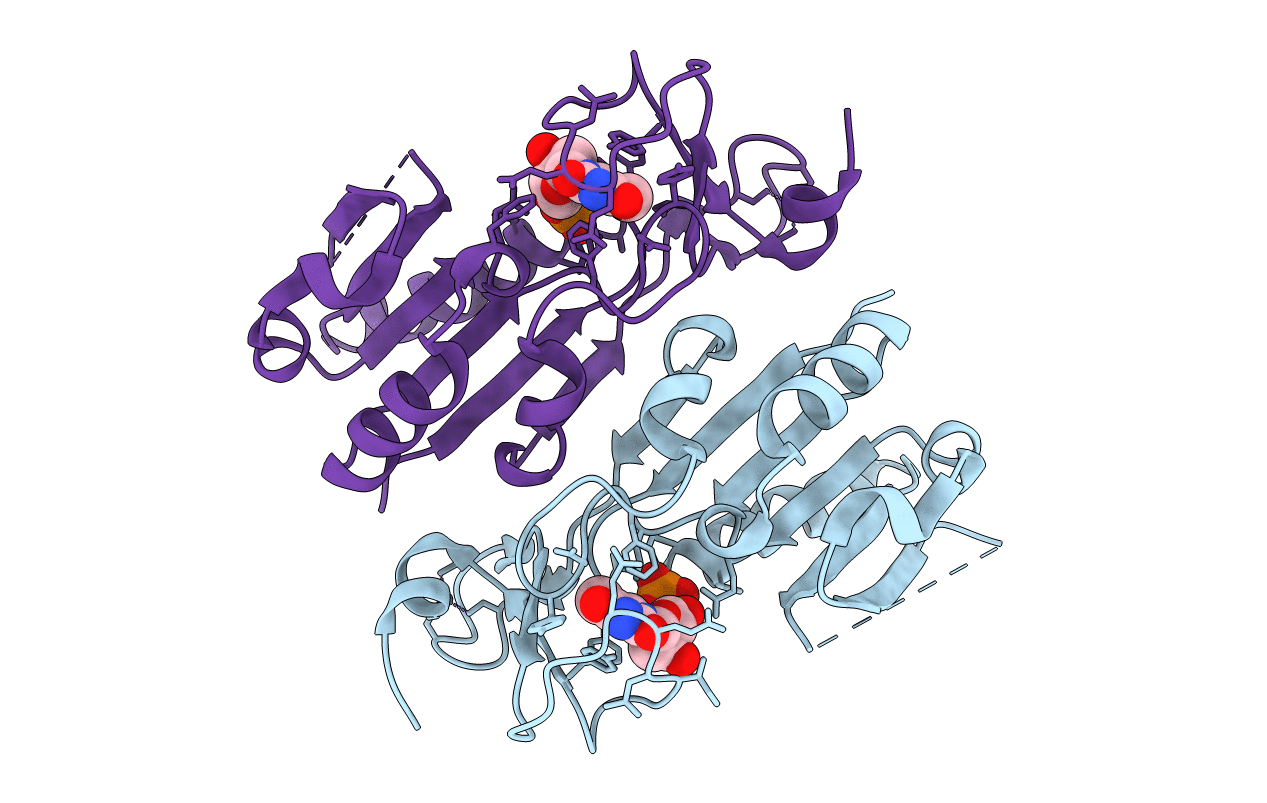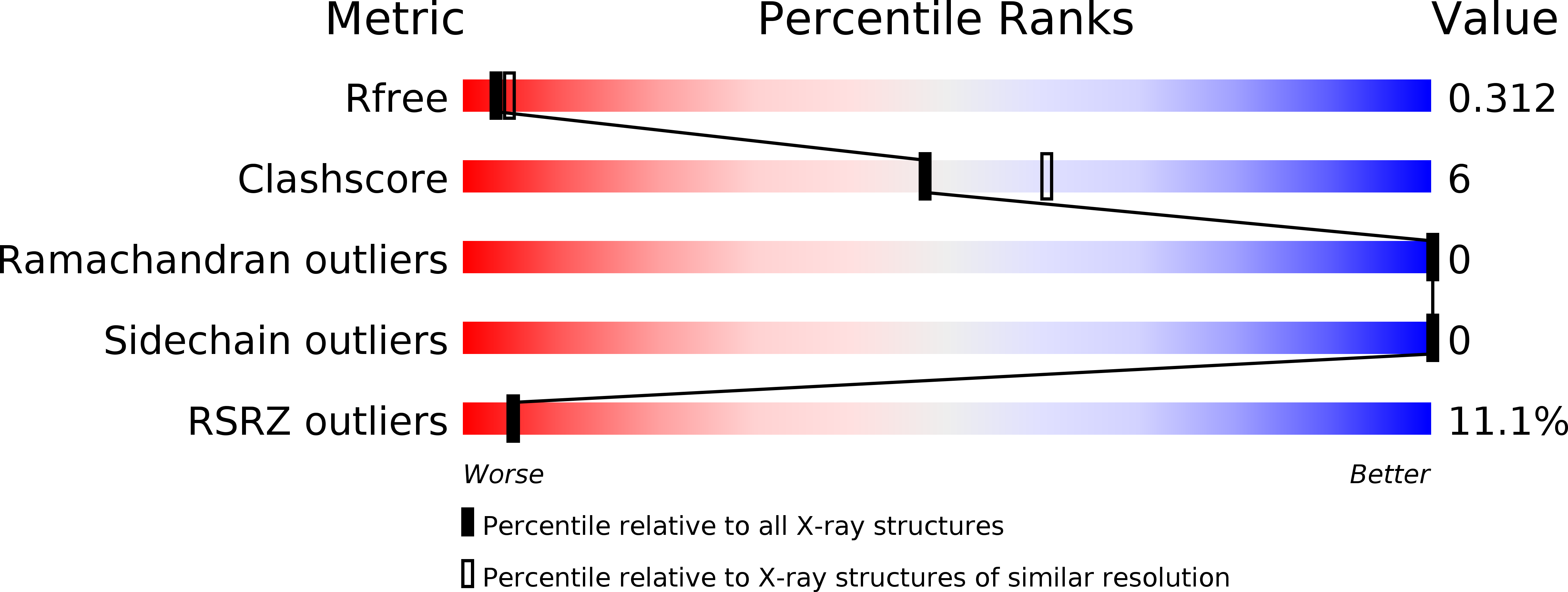
Deposition Date
2014-08-22
Release Date
2015-05-27
Last Version Date
2024-05-08
Entry Detail
PDB ID:
4UXI
Keywords:
Title:
Leishmania major Thymidine Kinase in complex with thymidine
Biological Source:
Source Organism:
LEISHMANIA MAJOR (Taxon ID: 5664)
Host Organism:
Method Details:
Experimental Method:
Resolution:
2.74 Å
R-Value Free:
0.31
R-Value Work:
0.28
R-Value Observed:
0.28
Space Group:
P 65 2 2


